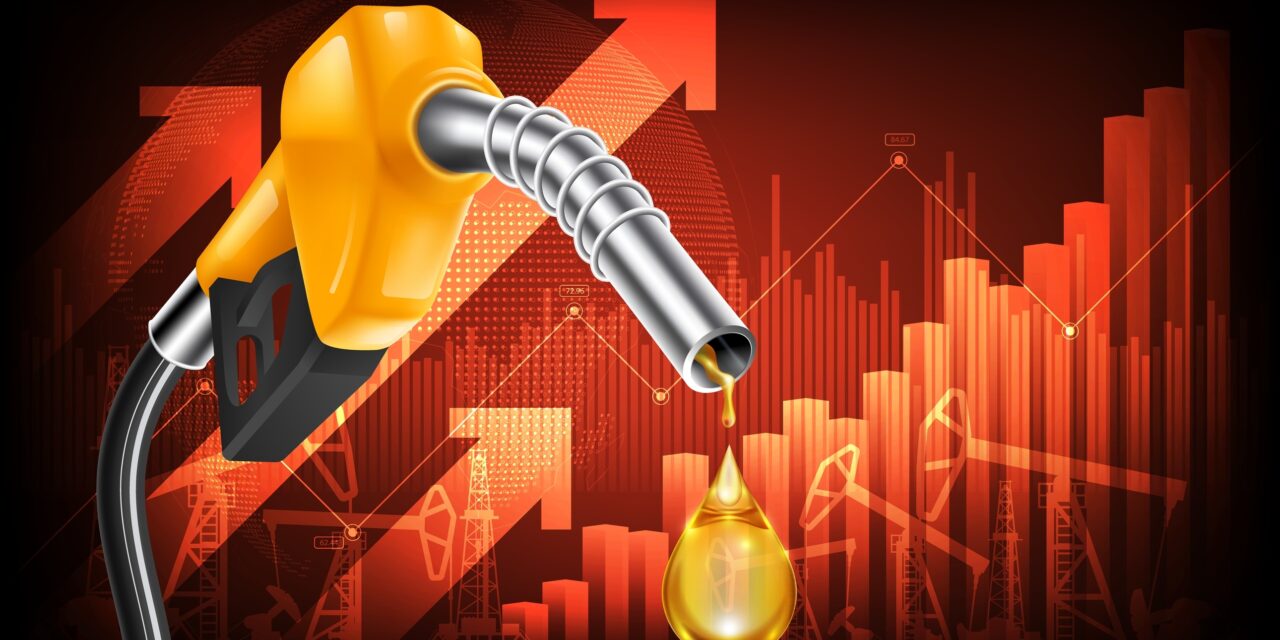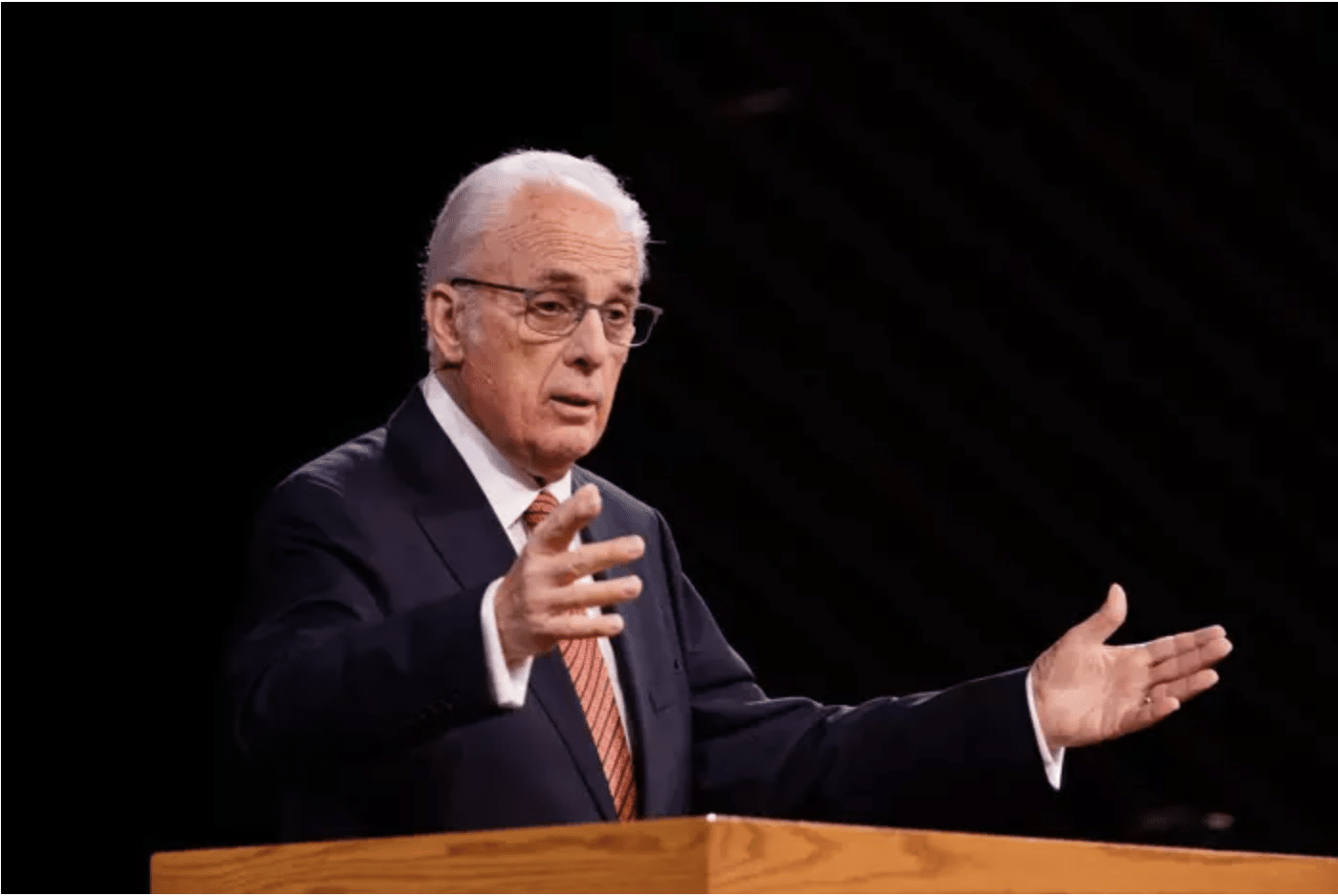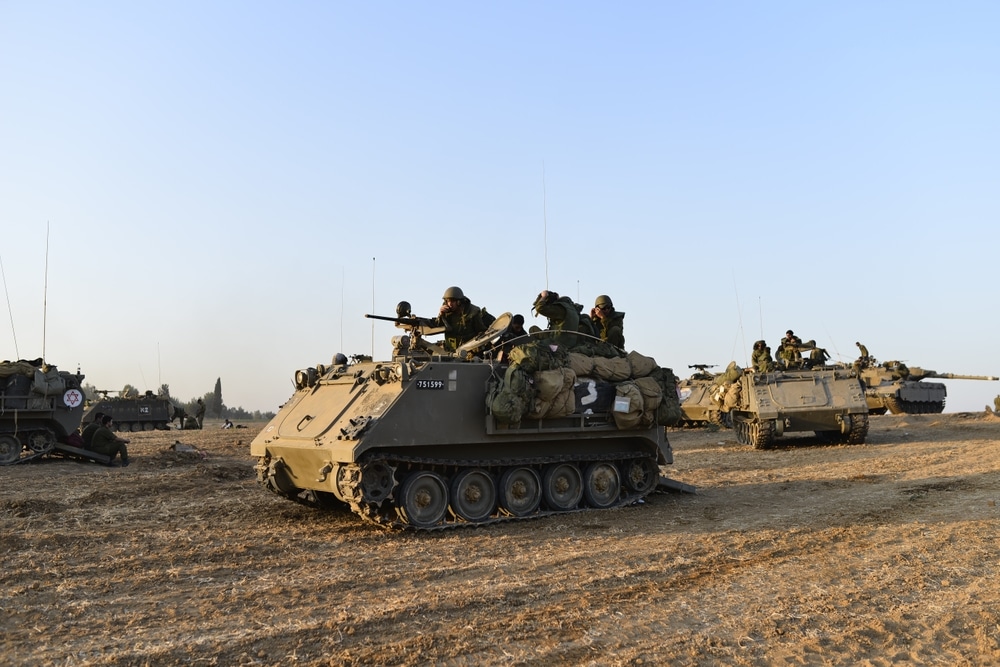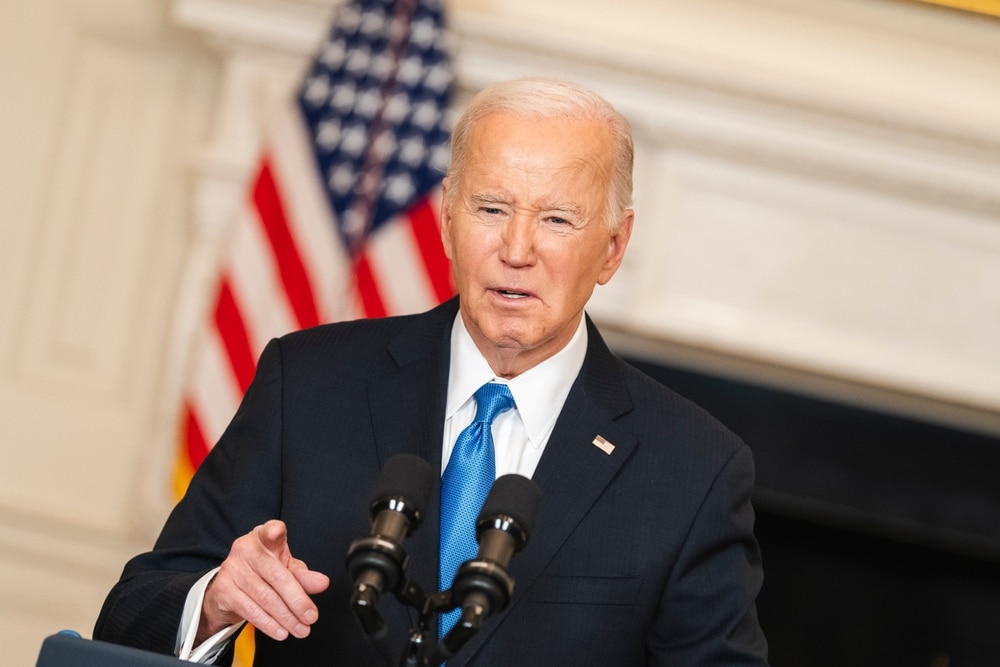U.S. gas prices are rising at a record pace as Western sanctions on Russia’s financial and shipping industries cut off oil supplies from global markets and refineries struggle to keep up with surging demand.
The average price per gallon of unleaded gasoline jumped 9 cents at domestic service stations Friday to $3.84, according to AAA, after increasing by 7 cents Thursday. A week ago, drivers paid 26 cents less on average per gallon. It’s the largest short-term price spike AAA’s data have ever recorded, spokesman Devin Gladden said.
Its price-tracking records date to 2000. More price hikes could be in store. Some analysts predict that oil could reach $130 per barrel. RBOB gas, a benchmark for pretax refined gasoline, traded close to $3.50 per gallon Friday up from $3.30 on Thursday. Crude oil Friday afternoon traded for more than $112 a barrel, its highest mark since 2008.
The added expenses could have sweeping impacts for U.S. consumers, experts say. Recent wage growth has insulated some consumers from climbing prices, but gasoline alone contributed to a quarter of the 6.1 percent increase in inflation over the past 12 months. And rising oil prices have rippling effects. As diesel prices increase, so does the cost of shipping goods through the country’s already-rattled supply chains.
Meanwhile, World food prices hit a record high in February, led by a surge in vegetable oils and dairy products, to post a 20.7% increase year-on-year, the U.N. food agency said on Friday. The Food and Agriculture Organization’s (FAO) food price index, which tracks the most globally traded food commodities, averaged 140.7 points last month against a downwardly revised 135.4 in January.
That figure was previously given as 135.7. Higher food prices have contributed to a broader surge in inflation as economies recover from the coronavirus crisis and the FAO has warned that the higher costs are putting poorer populations at risk in countries reliant on imports.
FAO economist Upali Galketi Aratchilage said concerns over crop conditions and export availabilities provided only a partial explanation to the increase in global food prices. “A much bigger push for food price inflation comes from outside food production, particularly the energy, fertilizer and feed sectors,” he said. “All these factors tend to squeeze profit margins of food producers, discouraging them from investing and expanding production.”


















